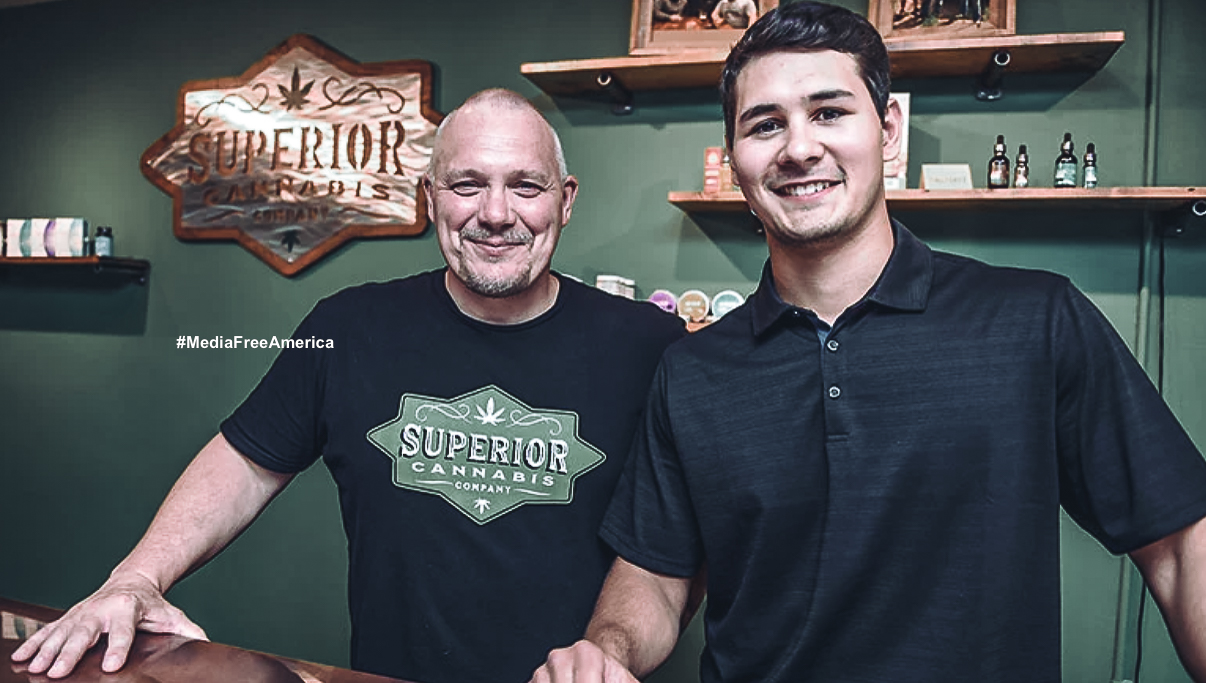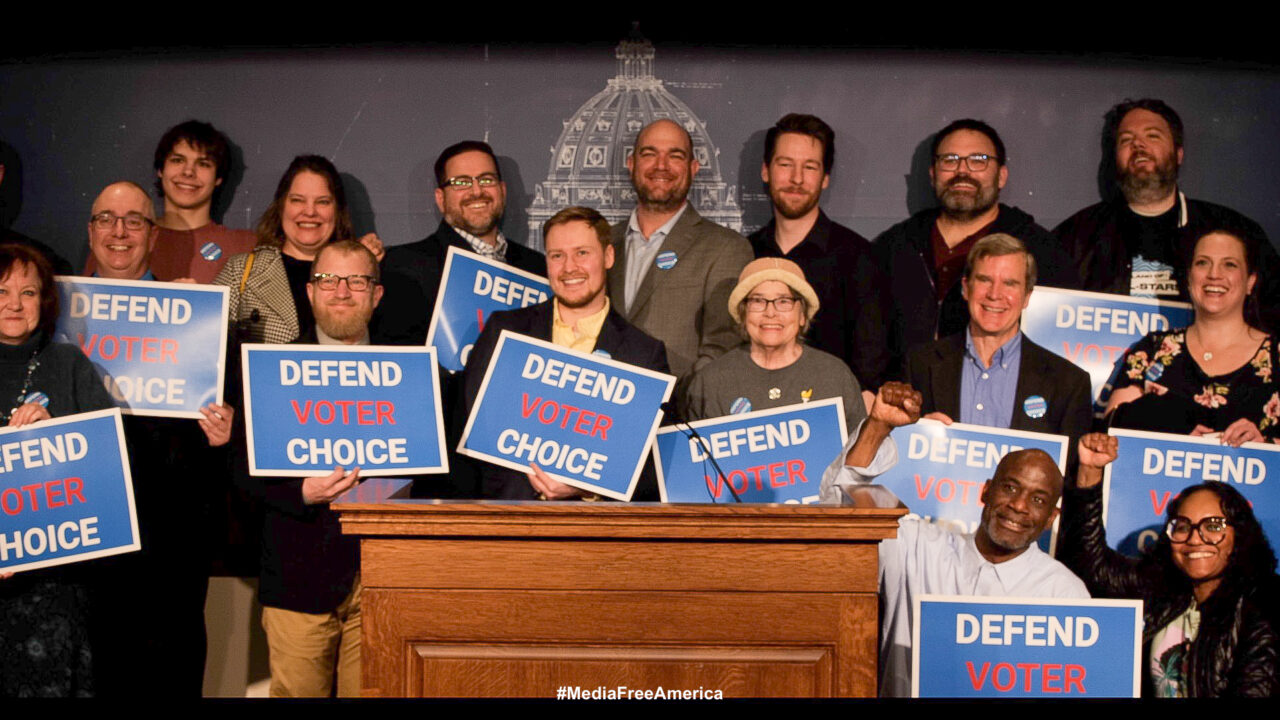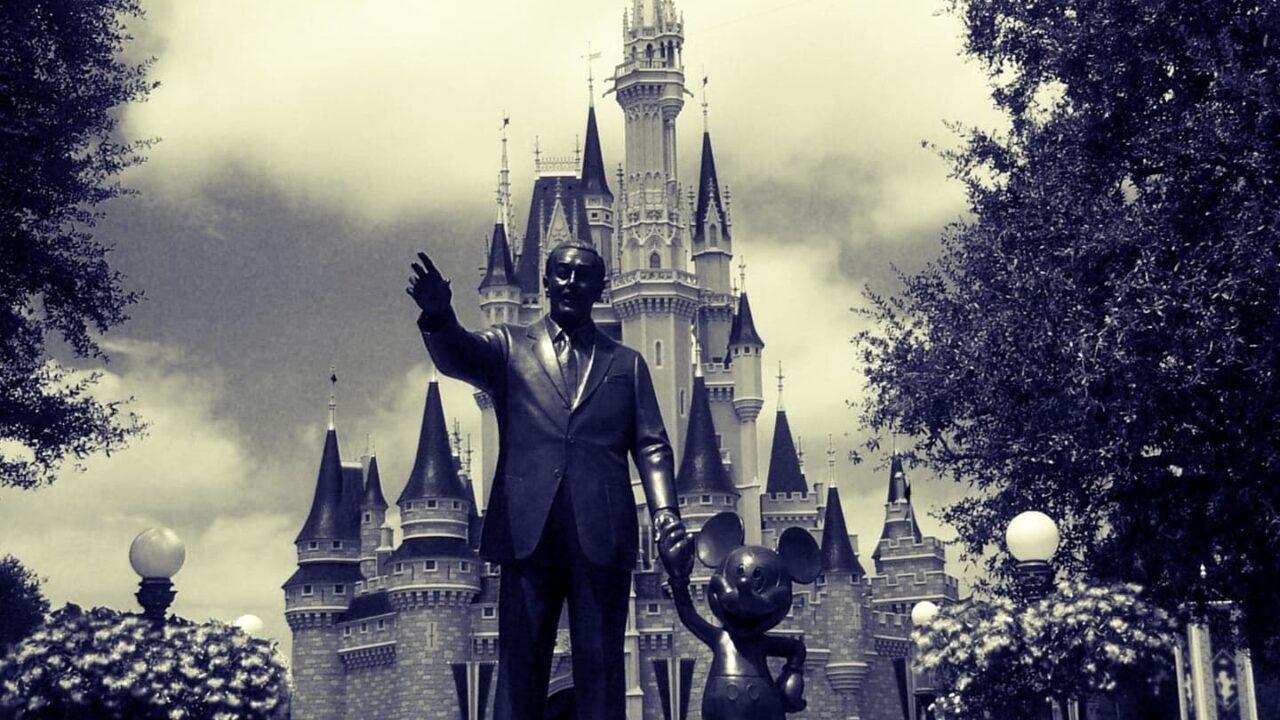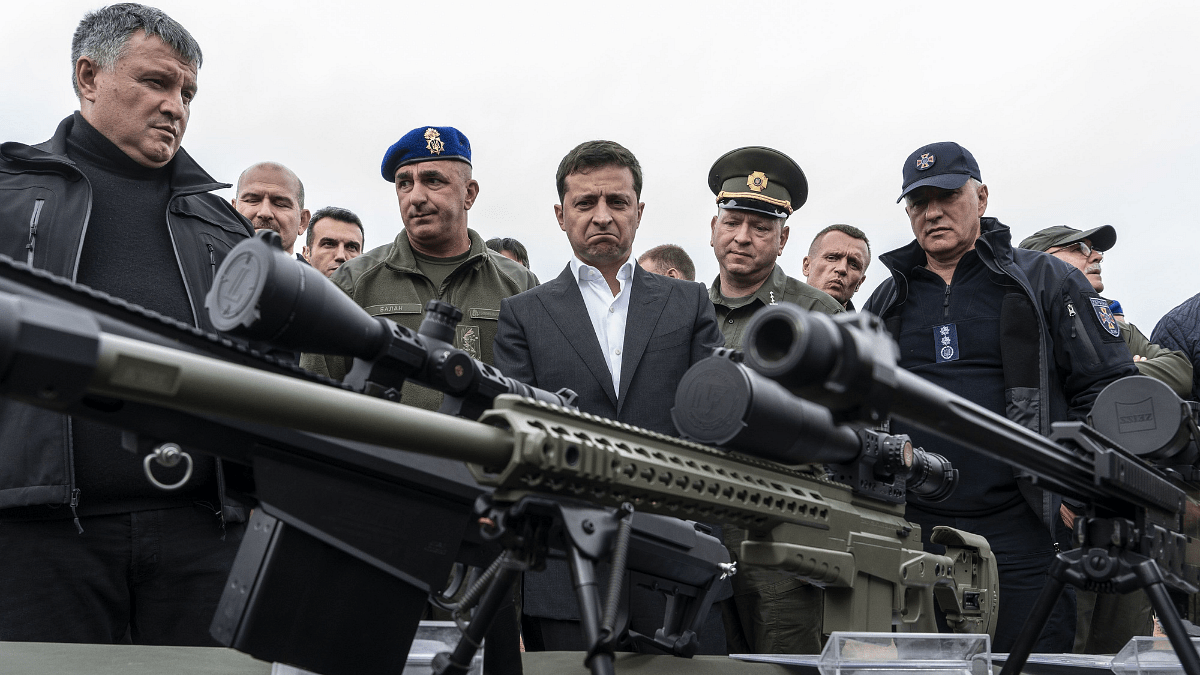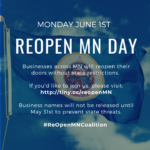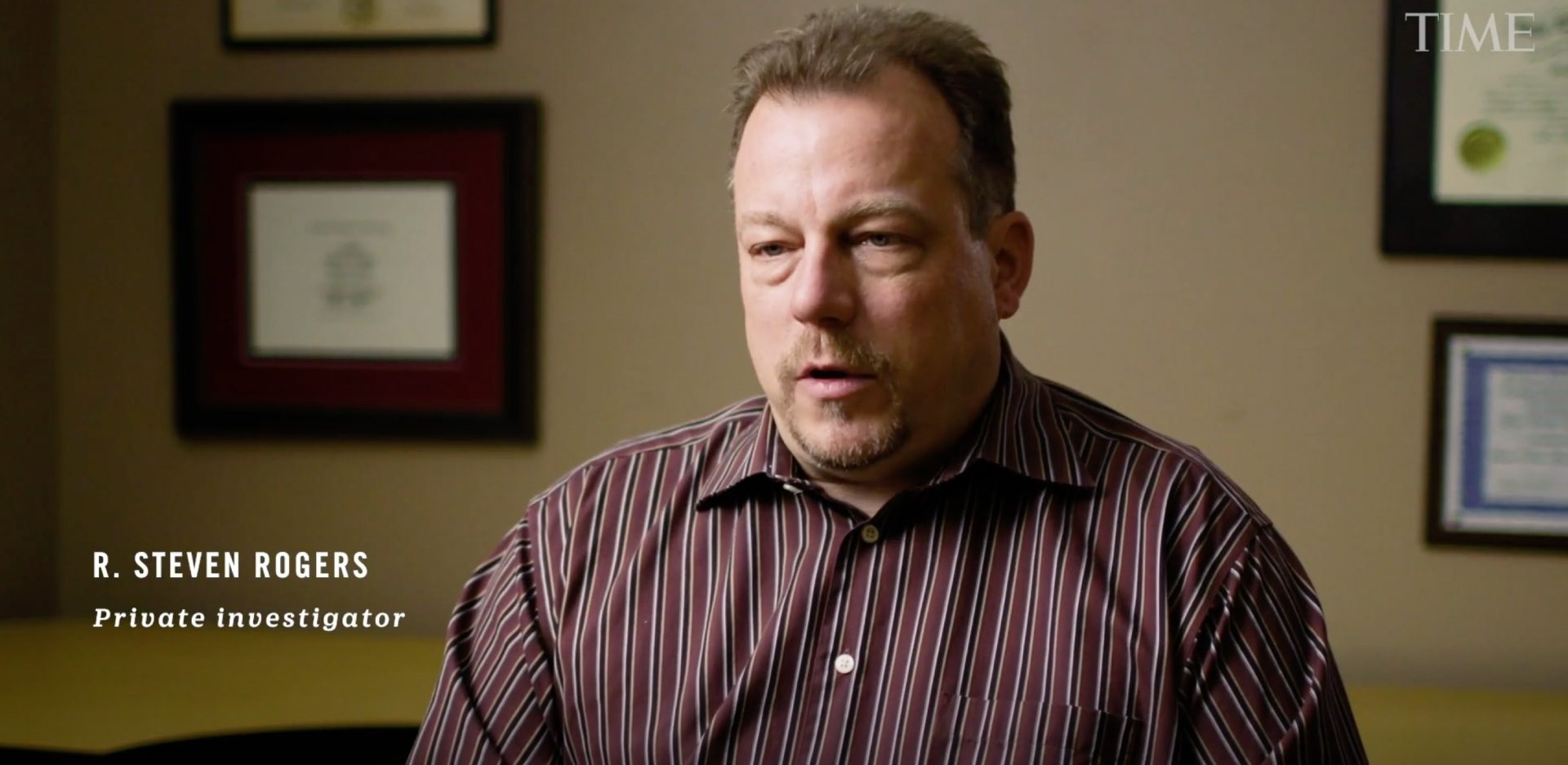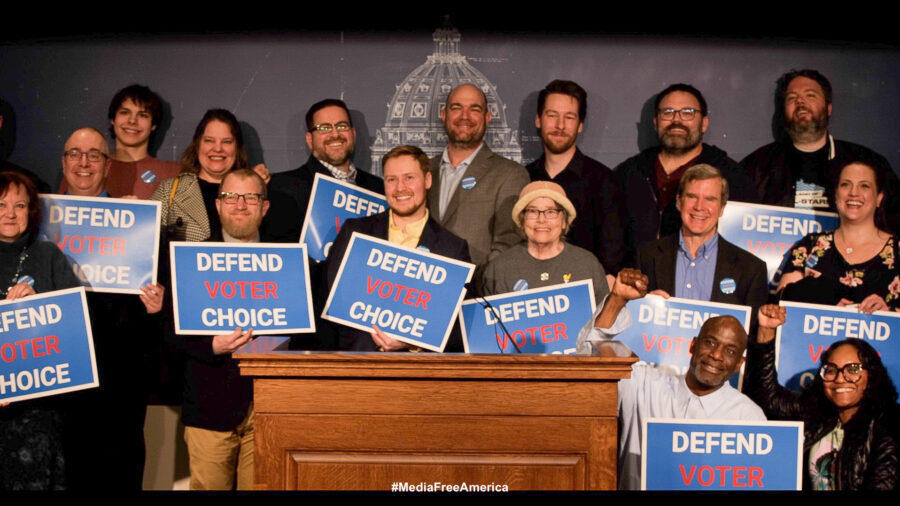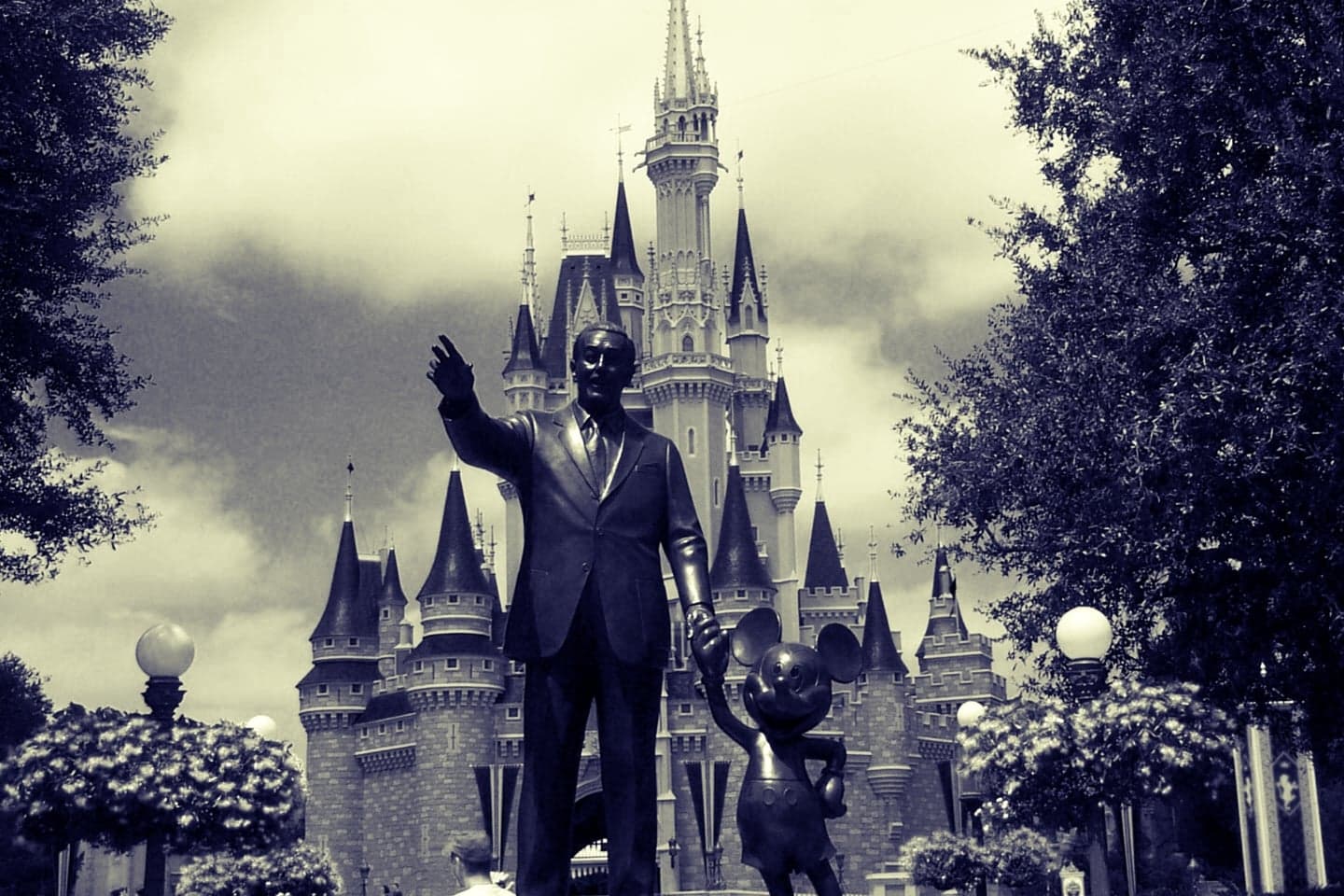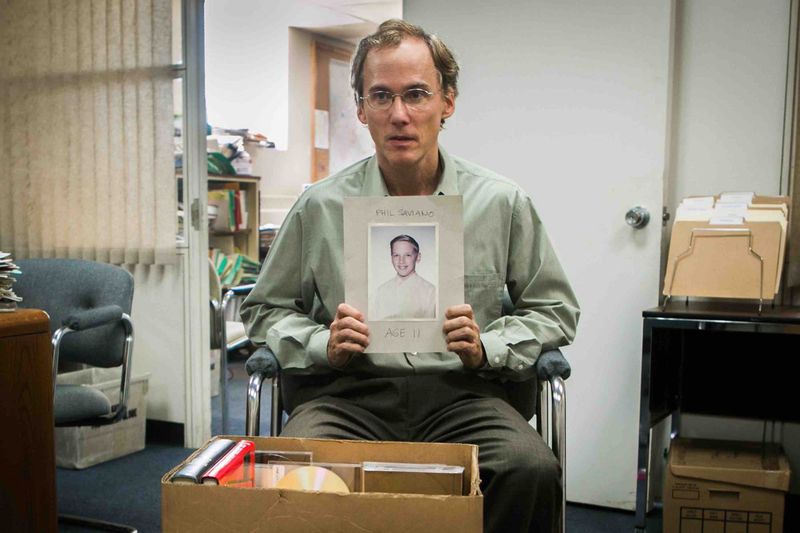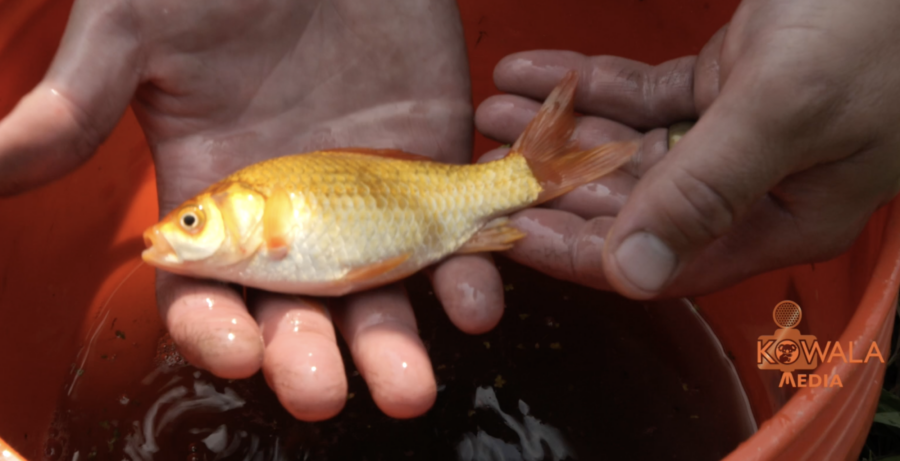The following is an article from the plaintiffs investigator R. Steven Rogers regarding the facts in the death of Terrance Franklin. Steve worked a civil suit on behalf of the family with Attorney Mike Padden author of The Minneapolis Police Department: Blue Code of Silence: The True Story of the Terrance Franklin Murder
County attorney Mike Freeman has written to the Bureau of Criminal Apprehension and has formerly requested their involvement in a new independent investigation.
Kowala Media has acquired the permission of the author in this articles publication.
I was recently featured in the Time magazine article ‘“Minneapolis Police Were Cleared in the 2013 Killing of Terrance Franklin. A Video Complicates the Story-and Now the Case May be Reopened”. This feature highlights the work of Attorney Mike Padden and myself on the civil suit that Mr. Padden filed on behalf of the Franklin family after the death of their son, Terrance Franklin, at the hands of the Minneapolis Police on May 10, 2013.
In the days following the publication by Time of the article and documentary video, several questions have arisen in my mind based on my knowledge of the case.
The Time article was the first public mention of the letter by Hennepin County Attorney Mike Freeman’s office to the Minnesota Bureau of Criminal Apprehension requesting an independent examination of the case. Freeman stated that “A key piece of evidence brought by the Plaintiffs in the civil suit is a recording by Jimmy Gaines.” This is correct to a degree, as the Minneapolis Police appear to have had the video within a week of the shooting. Our team did, however, obtain the full quality original from Mr. Gaines and submitted that into evidence later.
Notably, the file from the Minneapolis Police we received in the discovery process presumably was downloaded from YouTube, as the police never contacted Mr. Gaines who took the video, the file size matches the known compression ratio that is used when uploading to YouTube, and it was not known to be anywhere else at that time. (I compared the file obtained from the Minneapolis Police to the file gathered by our team from Mr. Gaines’ device that originally recorded it and the file size was about 7% of the original.)
Freeman also mentions in his letter that Mr. Gaines posted the video on YouTube and that the MPD never interviewed him about the video. When he became aware of this is unknown but is certainly relevant.
Freeman also told Minneapolis Public Radio that they had reviewed new evidence “that was not available to us at the time we took the case to the Grand Jury.” This statement is compelling to me and raises some serious questions.
The only way I can see that it is possible, with the information available, that the video was not available to the Grand Jury is if one or more of the following is true :
1 : The MPD did not provide it to Freeman with the other evidence when Freeman decided to convene the Grand Jury. It is a reasonable assumption that the MPD would turn over all evidence to the County Attorney’s office when the decision to convene a Grand Jury was reached. I am not sure on the requirements here, but it’s possible there are some; or,
2 : For some reason due diligence was not done by the County Attorney’s office in looking at what evidence to provide the Grand Jury; or,
3 : The County Attorney’s office for some reason chose not to include the video in the evidence given to the Grand Jury (noting, of course, that they do have complete discretion as to what evidence is given to the Grand Jury.)
Of the first two, this would also raise the question if this case was on the radar at the County Attorney’s office at the time of the press conference on May 30, 2013. It certainly was on the radar at the MPD, as The Chief of Police issued this statement to WCCO that day (which was read aloud at the press conference), “If you have video of events from the scene, I request that you turn it over to me as it is evidence in an active investigation.” At that press conference, Mr. Padden even remarked that, for all he knew, the MPD may have enhanced the sound already.
Here’s the timeline:
- May 10, 2013: Videos shot by Jimmy Gaines when Terrance Franklin was killed.
- May 17, 2013: File creation date for the copy of the Gaines video in the evidence file received from the Minneapolis Police.
- May 30, 2013: Attorney Padden holds a press conference and plays Mr. Gaines’ video. MPD Chief of Police asks WCCO for any video to aid in the investigation in a letter read aloud by WCCO.
- June 7, 2013: MPD clears itself of any wrongdoing in the killing of Terrance Franklin.
- Sep 12, 2013: The Grand Jury is convened.
- Sep 19, 2013: The Grand Jury returns, clearing the police of wrongdoing.
Now, as Mr. Gaines was never contacted by the County Attorney to testify before the Grand Jury, we know the video could not have been used by the Grand Jury, as Mr. Gaines would have needed to testify to lay foundation, which in non-lawyerese means they could not use it without him attesting that he took the video, and where and when it was taken.
While many media outlets are reporting that this is new evidence, I believe the information presented here in this article shows that it is not. Ironically, Fred Bruno, an attorney for Lucas Peterson came out today in a statement saying “The Gaines video was well known to and vetted by Freeman’s office long before the Grand Jury ruled in September 2013,” and “There is no new evidence, only newly procured opinions and shifting politics.”
The problem I have with this is no evidence was presented to support this statement, and at no time during this case, nor in my searches after for this article and other media interviews, have I found a single indicator that Mr. Freeman was aware of or in possession of this key piece of evidence.
Working backwards on the timeline, as we know the Grand Jury was not aware of this recording, we must ask where the system failed. Clearly it failed not only Terrance Franklin, but all of us.
http://rstevenrogers.com/questions-in-the-death-of-terrance-franklin/Original article link
https://www.linkedin.com/in/rstevenrogershttps://www.linkedin.com/in/rstevenrogers
The best thing about Netflix release films, for reviewers, is having it right there, whenever you want it. For instance, should you watch El Camino, love El Camino, and then feel the need to rewatch it the very next day in order to better itemize the reasons why you loved it, it's right there in your house!
Fans of the Breaking Bad series are well accustomed to the cinematic qualities director Vince Gilligan uses in his small-screen storytelling, and they're all present in El Camino, but one does get the feeling that such elements--shadowy shots at unconventional angles, time lapses of the New Mexican landscape, and even the opening credits--would be all the more impactful when viewed on the big screen of an actual theater. Either way, the El Camino experience is a fulfilling supplement to the original series which focuses on the story of chemist-turned methamphetamine empire boss Walter White's second-in-command, Jesse Pinkman (Aaron Paul).
As we witness the aftermath of the series' resolution and the events leading up to it, it's easy to start feeling a little guilty--Jesse's story is sad and terrible and quite honestly, I had forgotten most of it in favor of the conclusion of Walter White. In the race (via train heist, via great escape northward, via oscillating machine gun antics) to the end of the show, Jesse's experiences got a little lost in all the big plot moments and took a backseat to the bigger picture but the beauty of El Camino is that it doesn't need to hurry.
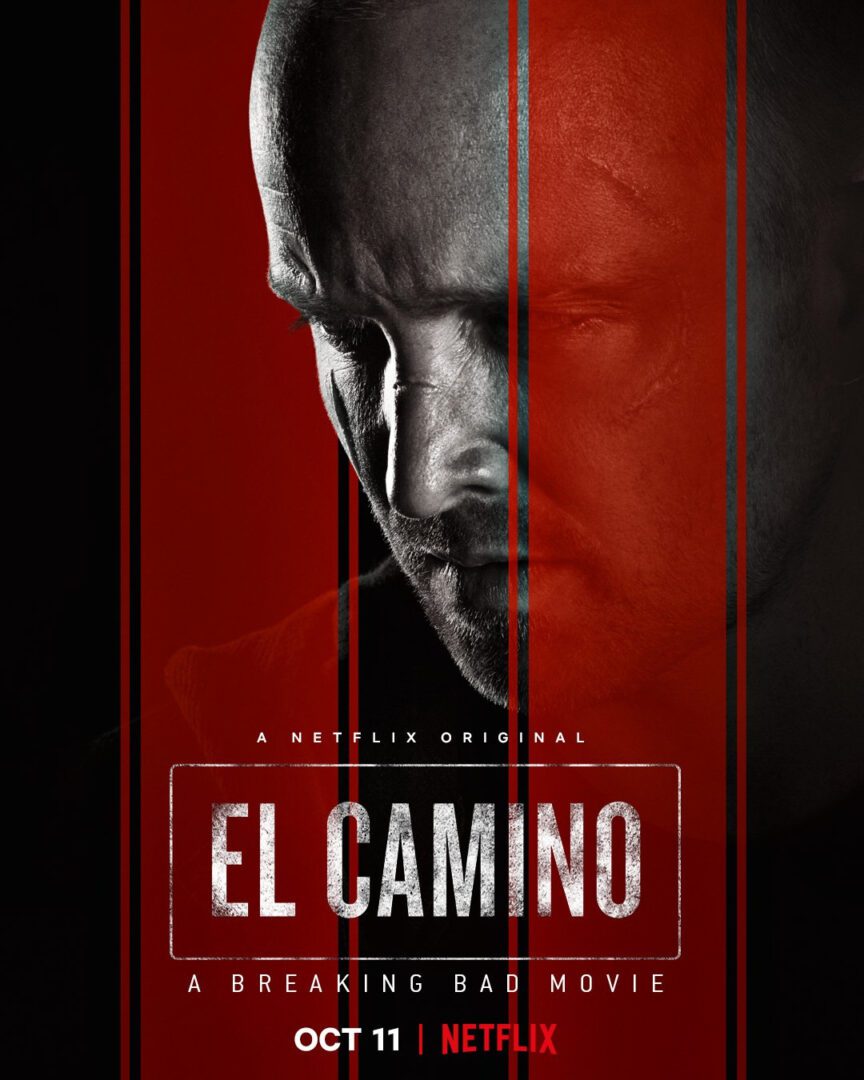
The film doesn't only make us remember Jesse's experiences, it walks us through Jesse's emotion, pain, and humanity in every scene. Multiple traumas and humiliations have rightly made Jesse desperate: his face is scarred, his voice is low and strained when he speaks, and his main goal is survival. We mourn for the old Jesse when we revisit his friends Badger (Matt Jones) and Skinny Pete (Charles Baker), whose experiences with drugs and White have been significant, but no where near as damaging as Jesse's. Despite everything, their loyalty to their friend is touching, reiterating to us that in this unpleasant story, there are people within drug culture still very much in touch with empathy and humanity.

The chronology rotates between flashbacks and the here-and-now in a lot of clever ways to expose little puzzles as the show once did--a phone book page, a hidden bundle of cash, a letter in an envelope-- specific objects refer to past events or are slyly referenced only to come back into the picture in very important ways. Pay attention or take notes if you feel like it might be helpful, just know that everything matters.
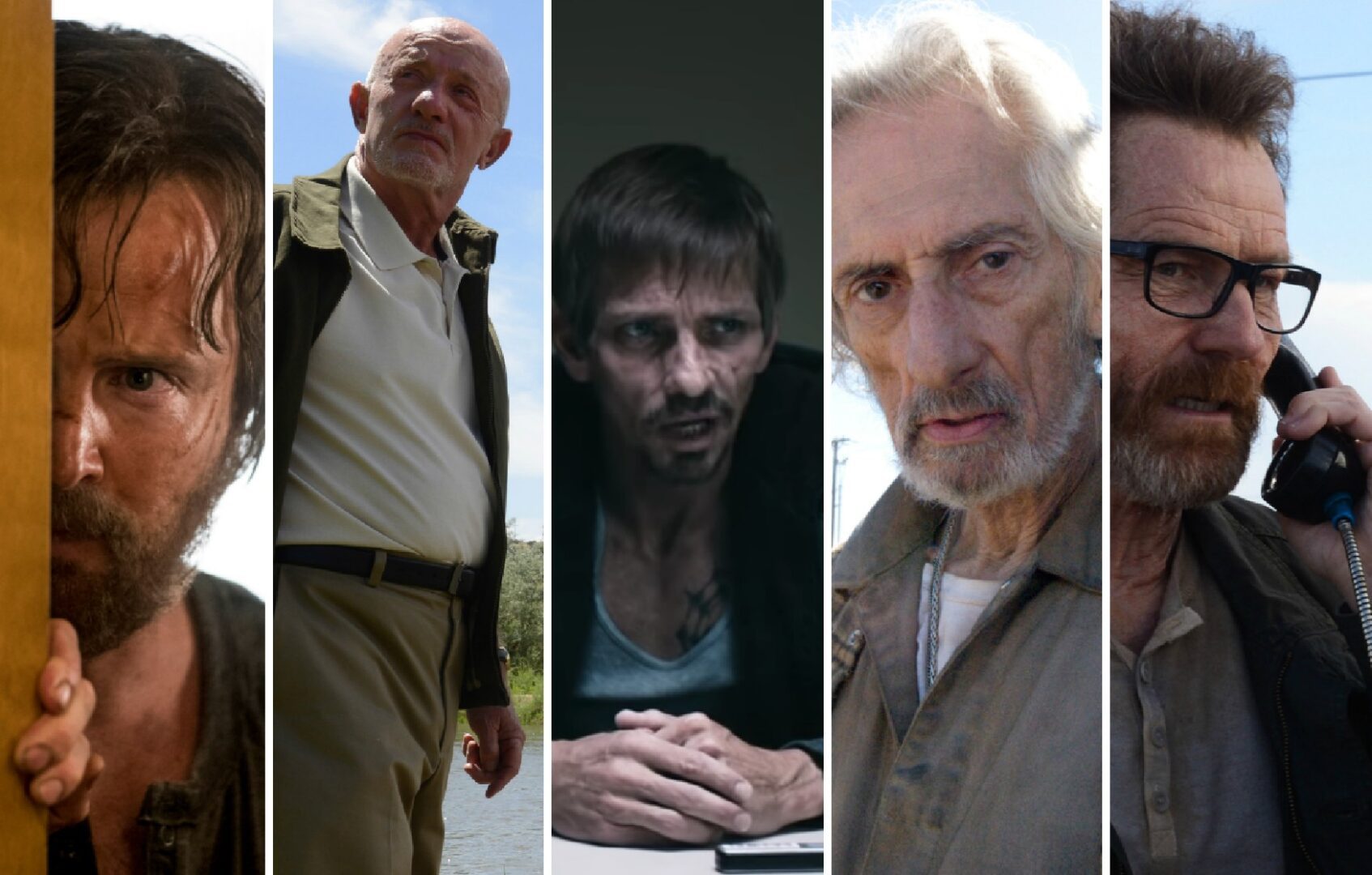
Do you need to do a complete re-watch of the series for El Camino? No, but you'll probably want to afterward. Definitely catch the recap Netflix provides and if you're really at a loss for the events, maybe rewatch the finale, which is also currently available on Netflix. Todd (Jesse Plemons), Mike (Jonathan Banks), Walter, (Bryan Cranston) and Pinkman's aforementioned buddies all factor into the story significantly but even if your memories of specific interactions between these characters isn't the greatest, the film is strong enough as a stand-alone to be an intensely compelling story. The late Robert Forester reprised his role as Ed, the escape-aiding vacuum salesman, and as with many of his other roles, plays his part straight-up, subtle, and with that deep genuineness that he was so adept at doing.
-Anna Purrington
Anna writes film, television, and literary reviews that are heavy on theme and experience. She received her BA in Cinema Studies and Media Culture from the University of Minnesota in 2003; her reviews have appeared in various local sites as well as her own media blog, Televisionlady.com. Anna lives in Minneapolis with her family."
As #mnleg deliberates, Jeff Brinkman, the driving force behind Superior Cannabis Company, eagerly awaits the opportunity to commence planting. However, uncertainties surrounding final legalization have put this crucial step on hold. While Jeff has received planting extensions, the timeline and feasibility of moving forward remain uncertain.
The limited range of manufactured products may diminish the effort involved, Jeff acknowledges. Constraints on product choices and interstate processing, as dictated by #mnleg, pose significant challenges, potentially hindering market growth.
Preserving existing federally legal products is a hopeful prospect for Jeff and his team. However, the evolving regulatory landscape, influenced by #mnleg, brings caution and skepticism regarding possible changes before the finalization of laws.
As we wait for clarity on product legality in HF100 and decisions from #mnleg, the anticipation grows. It is vital to engage in the legislative process and advocate for fair and informed decisions that will shape the industry's future.
During this period of uncertainty, let us remain patient and stay informed. Jeff Brinkman's resilience exemplifies the determination needed to navigate challenges in an ever-evolving industry.
Jeff Brinkman calls on #MNLEG to "Remove barriers for small business and farms" in legalization push
Presser about united stance of political parties in Minnesota against SF1827, a bill that stifles voter choice in MN.
https://myemail.constantcontact.com/M... A collaboration of political parties of Minnesota, led by the Libertarian Party of Minnesota (LPMN), is hosting a press conference on Tuesday, February 28th in Press Conference Room B971 at the State Capitol Building. Party leaders and elected officials will give statements in opposition to SF1827, a bill that is being heard by the Senate Elections Committee at 3 pm in the Senate Building, room 1200. Leaders of these parties are also testifying at the Senate Election Committee hearing. “The two legacy parties have failed us and Minnesotans are craving other solutions to the challenges they face. We have come together to testify against SF1827 because we need more choices on the ballot, not fewer,” said LPMN Political Director Nate Atkins. SF1827 doubles the requirements needed for political parties in Minnesota to achieve Major Party status for purposes of placing candidates on the ballot and access to campaign funding. By creating impossible requirements, this bill disenfranchises Minnesotans whose views are not represented by the two old parties. LPMN Chair Charles Kuchlenz said, “It is crucial that we uphold the principles of democracy and defend the rights of all voters to have a wide range of choices at the ballot box. This is what makes our democracy strong and vibrant.” Raising the threshold for major party status from 5% to 10% of a statewide vote, this bill solidifies the attitude that politics in Minnesota is pay-to-play rather than a democratic process where all voices are heard and represented at the ballot box. Details Date: Tuesday February 28th Time: 2 pm press access, press conference at 2:20 pm Location: Room B971, Press Conference Room, Capitol Building Background Information Text of Bill: https://www.revisor.mn.gov/bills/text... In neighboring states the threshold for “party status” is 1% in South Dakota and Wisconsin, 2% in Iowa, and 5% in North Dakota. Raising Minnesota to 10% makes us the most unfriendly state to emerging political parties when compared to our neighbors. The Libertarian Party of Minnesota represents the ideals of individualism and liberty where the government is limited and individual liberty is maximized. The Libertarian Party was established in 1971. Charles Kuchlenz has been the Libertarian Party of Minnesota's chair since May 2022. Previously he served as the LPMN's Political Director. Nate Atkins is the current Political Director of the LPMN. Previously he was the party's nominee for mayor of Minneapolis in 2021. Cara Schulz is a sitting city councilwoman for the city of Burnsville and a long time member of LPMN and former executive committee member for LPMN. Independence-Alliance Party Integrity, responsibility, dignity, service, justice, and community. Mike Winter Candidate and Campaign Support Director for the Independence-Alliance Party. Green Party of Minnesota (GPMN) Democracy, Social Justice, Peace Cam Gordon Previous Ward 2 Councilmember of Minneapolis for 16 years GPMN Coordinating Committee Samantha Pree-Stinson Elected to Minneapolis Board of Estimate and Taxation President The Constitutional Republic Party (CRP) was founded out of a desire for smaller government based on the original understanding of the US Constitution; the CRP realizes there is a need for government in our lives, we just believe it should be as small as possible. Travis “Bull” Johnson Former US Congressional candidate in Minnesota’s 7th congressional district and led one of the most successful 3rd party campaigns on a national level in the 2022 election cycle. He founded the Constitutional Republic Party in 2022. Media Contacts: Charles Kuchlenz, Chair of Libertarian Party of Minnesota [email protected] Samantha Pree-Stinson, Green Party of Minnesota [email protected] Mike Winter, Independence Alliance Party [email protected] Travis “Bull” Johnson, Chair of Constitutional Republic Party [email protected] # # # Production by: #MattKowalski #KowalaMedia #MediaFreeAmerica
Kowala Media interviewed Command Sergeant Major (Retired) Thomas H. Behrends on Sunday in Brewster, MN as part of a chapter of the #MediaFreeAmerica documentary series.
IMAGE: Behrends grain bin message to Walz image Kowala Media: (The Brewster Episodes Produced by: Matt Kowalski & Chad Peterson)
Behrends has been featured in numerous articles critiquing Minnesota Governor Tim Walz. Behrends was mentioned in a recent Star Tribune article on October 16th 2022 where he held a press conference with MNGOP gubernatorial candidate Dr. Scott Jensen:
"Gov. Tim Walz's 24-year military career in the Minnesota National Guard is under attack by his GOP rival in the waning weeks of the governor's race."
Editorial Link Read by Author: Walz Tells the Truth! Finally; after years of dodging the truth, Governor Walz has come clean and has told the truth. He responded to fact-based claims about his failed military leadership and his lies and deceit about his military service brought forth during a press conference at the capital on September 22, 2022.
-Sincerely, Thomas H. Behrends Command Sergeant Major Retired Worthington ADV. ARTICLE TEXT(FULL) source: https://www.ortonvilleindependent.com/Letters.html
“That's what we storytellers do. We restore order with imagination. We instill hope again and again and again.”
Walt Disney was, first and foremost, a storyteller. Storytelling is the backbone of the entertainment behemoth that is the Walt Disney Company. Those stories are not just told through Walt Disney’s movies and television projects, but carefully woven throughout the 25,000 acres that compromise Florida’s Walt Disney World. I've spent a significant amount of time in this world and I can attest that the story is both all encompassing and disorienting. The story is all around you. It takes control of all of your senses. Great effort has been taken to ensure that everything guests see, smell, taste, and hear reinforces the story. However, Walt wanted some stories to remain untold. This is one such story. This is the story of one of the most successful corporate espionage operations in American history.
The Walt Disney Company's dispute with Florida Governor Ron DeSantis has been well publicized. A major issue in this political battle is Walt Disney World's special “self-governing” status. This writing is in no way an attempt to express an opinion about the controversy. The goal of the writing is merely to tell the story of how this special status was aquired. This story encompasses many difficult to verify details which sometimes change depending on who is writing about those details. It’s a story that takes place in the shadowy world of espionage. Stories from that world are seldom told and the truth of those stories are usually difficult to uncover. I’ve uncovered some of it and put the details together like a puzzle. I hope to tell this story in a brief and digestible way, as correctly as I can.
Once upon a time Walt Disney had a problem. He had revolutionized cinema with the success of Snow White and the Seven Dwarfs and had transformed the travel industry with California's Disneyland. Nevertheless, Walt wasn’t satisfied. Market research had shown him that only 5% of the U.S. population living east of the Mississippi River were traveling to Disneyland. He also hated the cheap motels and sundry tourist attractions that had sprung up around Disneyland. Walt needed a second destination that would attract the large part of the country that wasn't traveling to California. He would build a second park and this time he would need to find enough land to make sure that no surrounding businesses would ruin the story he was trying to tell with his new world. Walt needed to find a destination that would achieve these goals. He needed to make sure that no one knew that he was looking to purchase a large plot of new land. If landowners knew that Walt Disney wanted to buy their land, they'd want Walt to pay top dollar. No, Disney needed a lot of land. This land needed to be purchased under market value. He’d need to do this covertly. He’d need help. Help from someone who specialized in covert operations.
“Wild” Bill Donovan was a man who specialized in covert operations. In fact, as the founding member of the Office of Strategic Services, Wild Bill was known as the “Father of American Intelligence”. The predecessor of the Central Intelligence Agency, the Office of Strategic Services was America’s premier intelligence agency during the Second World War. Donovan's operatives spread rumors and propaganda all over Europe and Asia. They launched sabotage campaigns in preparation for Allied assaults on Europe. They recruited spies that provided the intelligence necessary to support Allied war efforts. If Disney needed a covert operative, he couldn't do any better than America's preeminent wartime spymaster.
Acting officially as legal counsel for Disney, Donovan went to work fabricating false identities for Disney representatives to use while inquiring about land. He set up a covert communications network for Disney employees to secretly communicate with each other. When central Florida was decided on for a destination, Bill Donovan set up a series of shell corporations which Disney could use to secretly aquire land. Unfortunately, Donovan had been struggling with failing health for many years. “Wild” Bill eventually succumbed to vascular dementia. His replacement as Disney’s “chief legal counsel” was a CIA officer who completely embodied the Hollywood trope of a shadowy spy.
Paul Helliwell was the former chief of the Secret Intelligence branch of the OSS in Europe. He had set up over 100 “black” bank accounts in 42 countries to support future U.S. intelligence operations. He formed a front supply company to supply Chinese Nationalist forces. Heliwell was instrumental in the creation of Civil Air Transport, a CIA front airline. He set up Castle Bank and Trust in the Bahamas to launder money to support CIA operations in Cuba. He was also actively working with both the CIA and American organized crime to assassinate Fidel Castro. Paul Helliwell knew how to circumvent government regulations. He’d be more than willing to do it for Walt Disney, for the right price.
Helliwell went to work on an aggressive disinformation campaign to obfuscate the identity of the mystery corporation purchasing land in central Florida. When local media started speculating, Paul Helliwell put pressure on local editors to bury any rumors about Disney and instead hinted that Ford Motor Company was the company that had been purchasing the land. He also formed relationships with local bankers and politicians on behalf of Disney. Finally, Walt was ready to announce his intent to come to Florida. In a move meant to ensure political support, Walt let the governor of Florida make the first announcement that Disney was coming to Florida.
By the time Disney's ambitions in Florida were made public, 27,400 acres had been purchased from 51 landowners at the average price of $182 an acre.
On December 15, 1966 Walt Disney passed away from lung cancer. His brother Roy took over the “Florida project”, with Paul Heliwell staying on in a consulting role. Heliwell would use his knowledge of bypassing government regulations to essentially create a private government to run Disney World. Instead of dealing with the two counties that Disney’s land was located in, Disney would create the cities of Lake Buena Vista and Bay Lake. To govern these cities, a special “improvement district’ would be created. The Reedy Creek Improvement District would provide both cities with police, fire protection, utilities, roads, bridges, drainage, building codes, drainage, and environmental services. The only areas where it would need to submit to the state of Florida were the areas of property taxes and elevator inspections. Voting rights in the district would be limited to landowners and the Walt Disney Company would own all of the land, allowing a handful of loyal Disney employees to live there. The Republican controlled legislature approved the special district and the Governor of Florida signed the Reedy Creek Improvement District Act on May, 12 1967.
At the time of this writing, Walt Disney World has expanded to include 4 theme parks, 2 water parks, 31 themed resort hotels, numerous golf courses, and the Disney Springs outdoor shopping center.
The Reedy Creek Improvement District was abolished by the Florida legislature in April, 2022. It will take effect in June 2023.
About the author: P.J. Agness is the founder of Archangel Protective Intelligence, a member of the OSS Society, and an intelligence consultant for Kowala Media. He has yet to successfully secure self-governing status for the home of Kowala Media founder Matt Kowalski. P.J. is the author of the Amazon bestseller Street Level Spycraft.
Long before I had any formal intelligence training I was studying Russian Martial Arts under a Vietnam veteran who had studied under a former member of Soviet Spetsnaz, sort of the Russian equivalent of a Green Beret. He was the kind of veteran who never really left it behind. Military history and memorabilia was his only hobby. His only real friends were former soldiers from various backgrounds. Teaching and studying hand-to-hand combat was his only source of income. His Russian martial arts classes were his least popular.
This is probably due to the combination of the grueling (and often unsafe) nature of how he taught it and partially due to the odd environment he created. He was an eccentric (to put it politely) older gentleman of Eastern European descent who was fascinated by the tactics of Russia. He would often play Russian folk music as we practiced throws, locks, strikes, and defended ourselves against rubberized knives and clubs. He would often “graduate” his students to actual knives and wooden indian clubs when he believed they were ready. The dropout rate of this class was very nearly 100%.
I stuck it out for a few years longer than most, which was rewarded with almost undivided attention. Not only would he teach the martial arts, but would tell stories of military operations that the Russians had undertaken. They were both brutal and methodical. The tactics were different than I had seen in the news, watched on the movie screen, and read about in the history books. The Russian way was patient and methodical. More tolerant of sacrificing human life. Russians would move at a slower pace, encircle their enemy, and destroy all hope of resistance. They may even lose some battles, but this would be seen as a natural part of winning the war.
I left that class just before war broke out between Russia and Georgia. Like many people in young adults, I could care less what was happening in some country that was half a world away. However, what I had learned about Russian tactics had fascinated me. More than a decade later, I would be paying attention while those tactics were being deployed in Ukraine.
The Russian way of thinking is different. Western media either doesn't care to understand it or refuses to. From many accounts, Ukraine has done much better at defending against the Russian invaders than would have been thought possible. Russia has been slow to progress, and they have failed to consider the supply line problems that they would be facing. Ukrainian civilians have been standing up against the Russian military in a way Vladimir Putin would never have anticipated. The American media is marveling at the David and Goliath story unfolding before our eyes. It's like the Miracle on Ice or Rocky.
However, there’s a reason David defeating Goliath is considered a biblical miracle. Underdogs actually triumphing is a historical anomaly. The Miracle on Ice was turned into a movie because it was a rare event in history. Chuck Wepner, who inspired the movie Rocky, almost lasted fifteen rounds against Muhammad Ali, but he did eventually get knocked out. Muhammad Ali may be the best known name in boxing history, but most people have never heard of Chuck Wepner. We love to see the little guy win, but it hardly ever happens. It's very unlikely to happen in Ukraine. You don't need to be a military tactician to understand history. Hitler committed suicide in a bunker because the Russian military had encircled Berlin. It's a tactic that Russia uses again and again. Whether it be in another country or law enforcement activity inside Russia, the tactic is the same. Encirclement. Like an anaconda, after the Russian forces have wrapped themselves around the opposition, they slowly begin squeezing. The squeeze is consistent and unstoppable. Eventually all the air is forced out of the lungs of anyone caught in the trap.
That's the most likely scenario in Ukraine. Encirclement and destruction. When the squeeze is released, the Zelensky government will be dead. Russia doesn't have the forces to occupy Ukraine, especially if the Ukrainian people continue to resist. Russia has been a historically successful conqueror, but they haven't typically favored well when dealing with a local insurgent population. In fact, most nations don't fair well against homegrown insurgency. Even if Russia could occupy Ukraine, Western intelligence agencies would likely support local insurgence and the occupation would quickly prove too costly for Putin. He would most likely face embarrassment that his regime would never recover from. Moscow will likely look to install a client state in Ukraine rather than occupy it outright.
Vladimir Putin is under pressure to look strong, not only to the world, but also to those inside his own government. Russia's security service, the FSB, has been full of Putin loyalists left over from the time that he served as the agency’s head. The FSB has enjoyed immense power within Putin’s Russia but has recently come under fire for providing bad intelligence on Ukraine. Russia’s Federal Protection Service, who are responsible for Putin's personal security recently conducted a raid on the FSB 5th Directorate, in charge of foreign intelligence. Documents recovered include four letters critical of Putin and a psychological profile detailing Putin’s narcissism and secrecy. Vladimir Putin must now save face within the ranks of his own inner circle and demonstrate his strength as a leader. He may be more aggressive than he would have been otherwise.
The best outcome for the current Ukrainian government is one in which concessions can be made that will secure peace. However, Putin has recently shown that he is unwilling to accept concessions and demands complete surrender from Kyiv.
Two unlikely scenarios are ones that see Putin's regime replaced in Russia or a military defeat for Russia in Ukraine. Putin has surrounded himself with a massive security apparatus that makes him virtually impossible to topple. As far as military defeat goes, recent events have shown that when Putin is in a position of weakness, he will react with nuclear threats. A military embarrassment may be the catalyst for Putin to fall back on his nuclear arsenal. As unlikely as this is, it can not be completely ruled out. In the meantime, Russia wraps itself around Kyiv, and the squeeze is coming.
by PJ Agness of @ArchangelIntelligence
Graphic provided by UnderstandingWar.com

What color licorice are you having on your pizza? This one is filled full of emotion with an aggressive business model. Paul Thomas Anderson film makes you believe you can do anything…
Watching Gary Valentine played by Cooper Hoffman made me feel like a real underachiever. But it inspired me to write this review.
There is something about stepping out of the theater after watching a P.T.A. film. This one made me appreciate having emotions no matter how strong or weak.
Alana Kane played by Alana Haim gives a performance that should be recognized. The wardrobe colors immersed with the sounds of the music.
Here is the recipe for Licorice Pizza: First you have a great writer and director. Second you add a genuine cast. Polish it with beautiful score. Fill it with a gold soundtrack.
If you want to see an inspiring romantic dramedy, I recommend Licorice Pizza. My marks are below thanks for reading:
- Movie – 8.7/10
- Acting – 9.5/10
- Score – 9.7/10
- Soundtrack – 9.6/10
- Wardrobe – 9.5/10
P.S. Young Hoffman reminds me of a young Matthew Broderick and of course his father much Love Phillip.
Look for my studio review this weekend. Where I sit down with Matt and we have a conversation about the film.
-(BKB)
Check out the Licorice Pizza Trailer Below!
Saviano's story figured prominently in the 2015 Oscar-winning film “Spotlight” about The Boston Globe's investigation into children molested by priests.
BOSTON (AP) — Phil Saviano, a clergy sex abuse survivor and whistleblower who played a pivotal role in exposing decades of predatory assaults by Roman Catholic priests in the United States, has died. He was 69.
Saviano’s story figured prominently in the 2015 Oscar-winning film “Spotlight” about The Boston Globe’s investigation that revealed how scores of priests molested children and got away with it because church leaders covered it up. He died on Sunday after a battle with gallbladder cancer, said his brother and caregiver, Jim Saviano.
In late October, Phil Saviano announced on his Facebook page that he was starting hospice care at his brother’s home in Douglas, Massachusetts, where he died.
“Things have been dicey the last few weeks,” he wrote, asking followers to “give a listen to Judy Collins singing ‘Bird On A Wire’ and think of me.”
Saviano played a central role in illuminating the scandal, which led to the resignation of Boston’s Cardinal Bernard Law and church settlements with hundreds of victims. The Globe’s 2002 series earned it the Pulitzer Prize for Public Service in 2003, and “Spotlight” won Academy Awards for best picture and best original screenplay. Actor Neal Huff played Saviano in the film.
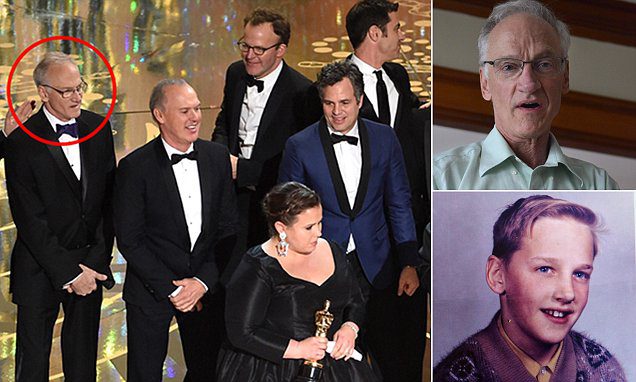
“My gift to the world was not being afraid to speak out,” Saviano said in mid-November in a brief telephone interview with The Associated Press.
Born June 23, 1952, Saviano recalled going to confession as a young boy at St. Denis Church in tiny East Douglas, Massachusetts, in the 1960s and whispering his transgressions through a screen to the Rev. David Holley. The priest, he said, violated that sacred trust and forced the 11-year-old to perform sex acts. Holley died in a New Mexico prison in 2008 while serving a 275-year sentence for molesting eight boys.
“When we were kids, the priests never did anything wrong. You didn’t question them, same as the police,” brother Jim Saviano told the AP. “There were many barriers put in his way intentionally and otherwise by institutions and generational thinking. That didn’t stop him. That’s a certain kind of bravery that was unique.”
A self-described “recovering Catholic,” Saviano went on to establish the New England chapter of the Survivors Network of Those Abused by Priests, or SNAP, an organization working to bring specific allegations of clergy sexual abuse to light.
His faith in the church shattered, Saviano instead leaned on politicians and prosecutors to bring offenders to justice.
“We’re putting our faith in legislators and prosecutors to solve this problem,” he told reporters in 2002.
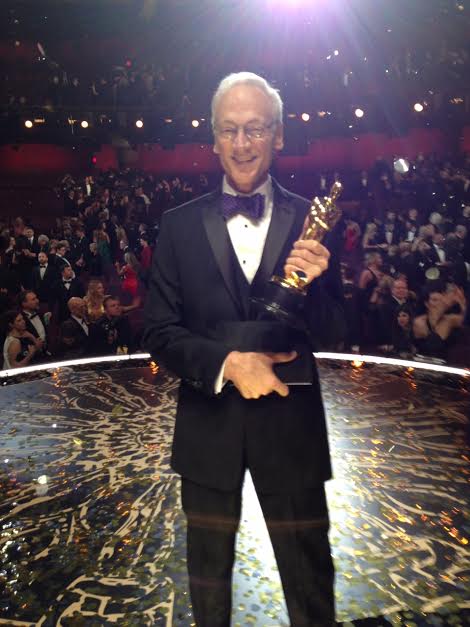
“Phil was an essential source during the Spotlight Team’s reporting on the cover-up of sexual abuse in the Catholic Church, providing other critical sources, research materials and the names of several accused priests,” said Mike Rezendes, a member of the Globe team that brought the scandal to light and a current AP investigative reporter.
“He also shared his own heartbreaking story of abuse, imbuing us with the iron determination we needed to break this horrific story,” Rezendes said. “During our reporting, and over the last 20 years, I got to know Phil well and have never met anyone as brave, as compassionate or as savvy.”
Saviano earned degrees in zoology and communications from the University of Massachusetts-Amherst and Boston University and began working in hospital public relations. Later, he shifted to entertainment industry publicity and concert promotion, working closely with Collins, a lifelong friend and confidante, as well as Ella Fitzgerald, Mel Torme and other artists.
In 1991, he became seriously ill with AIDS and went public with his childhood abuse the following year, becoming one of the first survivors to come forward.
“Father Holley forced me and two of my friends to have repeated sexual contact with him,” Saviano said in an interview with the Globe — the first of many that would lead not only to criminal charges against the disgraced cleric but widespread prosecutions of others as the enormity of the scandal became evident.
By the early 2000s, Saviano was spending 10 hours a day on the phone with victims and journalists. He was an outspoken critic of the Vatican’s reluctance to deal decisively with the fallout from the scandal. In 2008, when Pope Benedict XVI hinted to U.S. bishops during a visit that they’d mishandled the church’s response, Saviano questioned the pontiff’s decision to follow his remarks with Masses in New York and Washington.
“If he was really serious about the issue, that Mass would not be held in New York. It would be held here in Boston,” he said.
In 2009, suffering kidney failure and unable to locate a match among family or friends, he found a donor after SNAP spread the word in a nationwide email to 8,000 clergy sex abuse survivors.
The abuse that came to light as a result of Saviano’s work prompted Cardinal Law, Boston’s highest-ranking churchman, to step down. The Globe’s reporting showed Law was aware of child molesters in the priesthood but covered up their crimes and failed to stop them, instead transferring them from parish to parish without alerting parents or police.
When the archbishop died in Rome in 2017, Saviano asked bluntly: “How is he going to explain this when he comes face to face with his maker?”
In 2019, at the Vatican for an abuse prevention summit called convened by Pope Francis, Saviano said he told summit organizers to release the names of abusive priests around the world along with their case files.
“Do it to launch a new era of transparency. Do it to break the code of silence. Do it out of respect for the victims of these men, and do it to help prevent these creeps from abusing any more children,” he said.
Although there was a hard edge to much of his life, Saviano enjoyed traveling extensively and developed a soft spot for Indigenous art. In 1999, he launched an e-commerce website, Viva Oaxaca Folk Art, showcasing handmade decorative pieces he purchased on trips to southern Mexico and resold to collectors across the U.S.
He is survived by three brothers, Jim Saviano of Douglas; John Saviano of Douglas; and Victor Saviano of Boston; two nieces; and two nephews. A funeral Mass was scheduled for Friday at St. Denis Church in East Douglas.
filmed and edited by Matt Kowalski via Kowala Media in Osceola, Wisconsin
Shot on location in the woods and in an Osceola garage
Filmed in 4k
Sony A7siii 12-24mm 2.8 Sony G
24mm probe lens
Rhino traveler pro slider
Panasonic s1h 24mm-105mm 4.0 Canon
24-70mm 2.8 Canon
70-200mm Canon
Tripod by Sachtler
filmed and edited by Kowala Media in Osceola, Wisconsin
produced by Royalty Holding Company executive producer: Travis Johnson
cinematography and editing by Matt Kowalski
music and lyrics written by Zander Ness
audio recorded and mixed by Neal Stein and Zander Ness
all rights reserved
www.enditallofficial.bandcamp.com
www.facebook.com/enditallofficial
www.instagram.com/enditallofficial
kowalamedia.com
"Great big washy cymbals in the mix..." "Grungy and dirty in the guitars I really enjoy it these guys are cool..." "They
pull off what they're going for depressive, dark, grungy blackened music, it's not black metal but it has a blackened
edge to it for sure..." "Jangily guitars that sound great which means you can hear the bass in the mix the the whole time!"
#UnsignedShocase #Certified https://www.youtube.com/watch?v=PQSqp...
Edward Nunn, a healthcare worker and car enthusiast, builds high quality, custom-made remote cars with V8 engines from his garage in Minneapolis. Nunn uses two 3D printers to produce the cars. "These bodies are hand-laid fibre glass, so no two bodies are the same. The thickness is varied and the doors, you know some of the stuff is the same. The parts are 3D-printed for the interior, yes they're the same, but he will make it trimmed because again, they have to get fitted to each particular body and floor panel," he said on Monday. The cars are fitted with powerful, mini-V8 engines that are controlled by remotes, like any normal toy car. "The cars start out like this. After the shop has welded them together, they come to me and what I do. This is how I get it from the shop," Nunn explained. The cars are typically sold for an excess of €26,000 ($30,000) due to their high-quality custom-made materials and uniqueness.
#MediaProduction by #MattKowalski via @kowalamedia
Script by #BuckshotAlan via @Ruptly
#MediaFreeAmerica #MinnesotaMetaverse MUSIC BY: NUNNABOVE - "Connection" NUNNABOVE.com https://youtu.be/RDnTohgeTkA
Story by: #MattKowalski #KowalaMedia #MediaProduction #MediaFreeAmerica
theminicar.com
Goldfish Invasion in Minnesota Big Woods Lake
Chaska, MN
The Big Woods Lake in Chaska, Minnesota, has become overrun with goldfish, impacting heavily on the environment for native fish.
The goldfish have been outnumbering the native fish species and altering the lakebeds and the water clarity.
Local environmental scientists and spokespeople for the county urged residents not to dispose of their fish by releasing them into the wild.
"We want to encourage people, if they have an aquarium pet they can no longer take care of, or they don't want, to find it a new home that can include going to your local veterinarian, finding a pet store and talking to them, contacting a local aquarium society, but essentially trying to rehome it, and not release it into the wild," Carver County communications representative Madeline Seveland said.
Environmental scientists have been tagging the fish with microchips to keep track of the numbers and analyse migration patterns. The team reckons they catch between "400-500" per day, according to environmental scientist Jordan Wein.
Local scientists reportedly removed over 100,000 goldfish from the area last year in a bit to allow the environment and vegetation to recover.
-Video Produced by Matt Kowalski @KowalaMedia
-Written Copy by Buckshot Allen via @RuptlyNews


